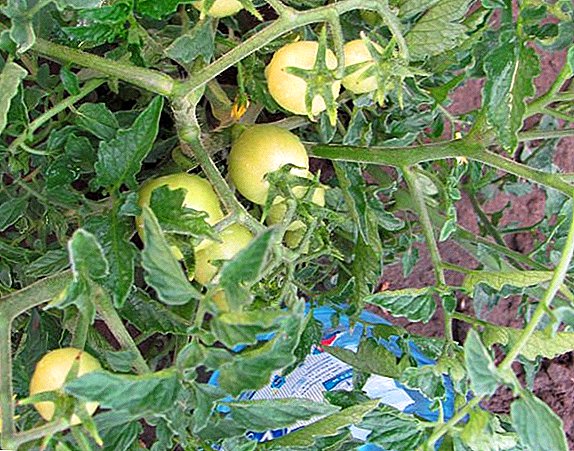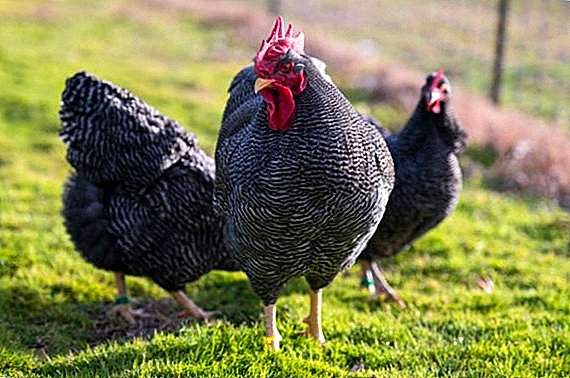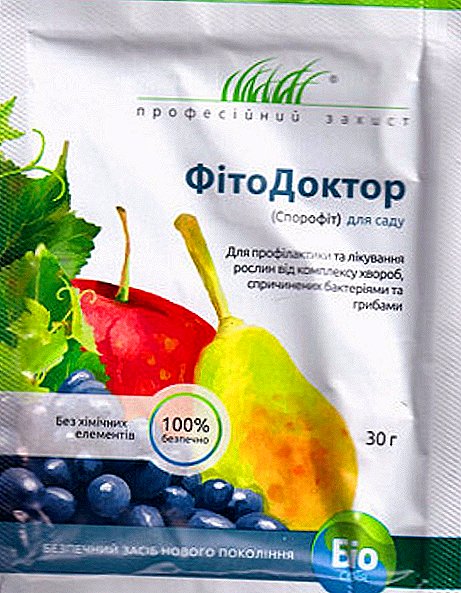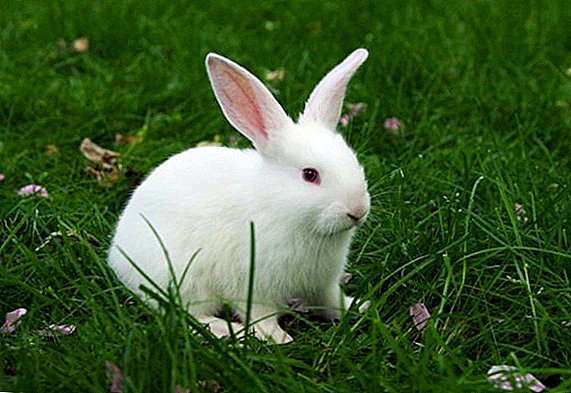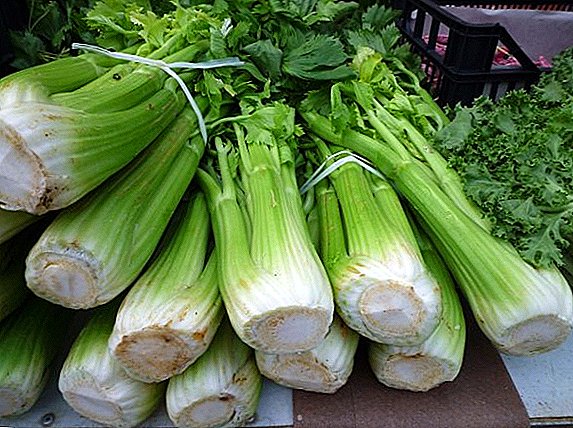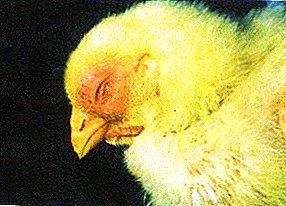
E. coli is the causative agent of many diseases in humans and animals. It also has a negative effect on the poultry organism, causing coligranulomatosis, a dangerous disease that is often found on Russian chicken farms.
Coligranulomatosis is a disease that is caused by gram-negative E. coli. The disease is characterized by serious damage to all internal organs of the bird, which in the future often leads to its death.
Virtually all organs of poultry, especially on the liver, begin to form numerous granulomas that disrupt the proper functioning of the internal organs. Gradually, the bird is depleted, loses its former productivity and subsequently dies.
Historical background and degree of damage
 Coligranulomatosis has long been known in veterinary practice. This disease very often affects young chickens, ducks, turkeys and geese, which are kept in adverse conditions. Due to the defeat of the young, reproduction of the entire herd may suffer, as they gradually begin to die due to the rapid growth of granulomas on the internal organs.
Coligranulomatosis has long been known in veterinary practice. This disease very often affects young chickens, ducks, turkeys and geese, which are kept in adverse conditions. Due to the defeat of the young, reproduction of the entire herd may suffer, as they gradually begin to die due to the rapid growth of granulomas on the internal organs.
Most often this disease manifests itself in those chicken farms where elementary sanitary standards are not observed. As a rule, on the territory of such farms, chickens may undergo repeated infection several times, which is facilitated by the poor condition of the litter and feed in the poultry house.
The defeat of the young with E. coli is a great threat to the farm, since all birds can become infected with this bacterium. Because of this, the owner will have to spend additional funds on the treatment of birds and the disinfection of the premises.
Causative agent
 The causative agent of this disease is Escherichia coli - E. coli. This bacterium grows well on the most common nutrient media at 37 ° C. In the soil, manure, water, as well as in the premises where birds are kept, it can be maintained for up to 2 months in a viable state.
The causative agent of this disease is Escherichia coli - E. coli. This bacterium grows well on the most common nutrient media at 37 ° C. In the soil, manure, water, as well as in the premises where birds are kept, it can be maintained for up to 2 months in a viable state.
E. coli is adversely affected by a 4% hot sodium hydroxide solution, clarified bleach containing 3% active chlorine, as well as hydrated lime. All these chemical compounds destroy the shell of the bacteria, lead to its death.
Course and symptoms
 Infection with E. coli occurs fairly quickly. In just a couple of days, the first symptoms that indicate the presence of the disease begin to appear in young poultry. For all breeds of poultry, they are completely identical. These individuals have a general weakness. Patients with coliranulomatosis birds practically do not move, try to sit in one place. However, their feathers are in a constantly disheveled state.
Infection with E. coli occurs fairly quickly. In just a couple of days, the first symptoms that indicate the presence of the disease begin to appear in young poultry. For all breeds of poultry, they are completely identical. These individuals have a general weakness. Patients with coliranulomatosis birds practically do not move, try to sit in one place. However, their feathers are in a constantly disheveled state.
In addition, they show the first symptoms respiratory disorders. From the nose and beak constantly flowing transparent discharge, develops sinusitis and rhinitis. Bird eyes may also be affected as conjunctivitis develops on them.
Weakened poultry quickly lose weight, refusing to feed. There comes a complete depletion of the body, which negatively affects the state of feathers. They become matte.
Diagnostics
 Diagnose coligranulomatosis is possible only after a complete bacteriological analysis of biological material. The analysis takes the carcasses of dead birds, as well as the air from the house and feed. Isolated bacterial cultures are examined in detail. using serological identification methods. For accurate confirmation of the diagnosis, a bioassay is performed on healthy embryos and chickens.
Diagnose coligranulomatosis is possible only after a complete bacteriological analysis of biological material. The analysis takes the carcasses of dead birds, as well as the air from the house and feed. Isolated bacterial cultures are examined in detail. using serological identification methods. For accurate confirmation of the diagnosis, a bioassay is performed on healthy embryos and chickens.
Similar symptoms may occur during the course of other diseases, therefore, colibranulomatosis is previously differentiated from streptococcosis and respiratory mycoplasmosis.
Treatment
 The treatment of this disease should be started immediately after the first symptoms occur, otherwise, then the coliranulomatosis becomes practically incurable. For this, bacteriophage, hyperimmune serum and gamma globulin are used. As for antibiotics, they are prescribed only after a test for the sensitivity of Escherichia coli, since some strains can develop resistance to certain medications.
The treatment of this disease should be started immediately after the first symptoms occur, otherwise, then the coliranulomatosis becomes practically incurable. For this, bacteriophage, hyperimmune serum and gamma globulin are used. As for antibiotics, they are prescribed only after a test for the sensitivity of Escherichia coli, since some strains can develop resistance to certain medications.
The most effective drugs used to combat E. coli is enroxil, flumequin, kanamycin, gentamicin and cobactan. Sometimes good results can be achieved after the application of sulfazole and sulfadimethoxine. More resistant strains of bacteria are killed with furazolidone and furazidina.
It is imperative that after the course of the antibiotic, birds are prescribed vitamins and regenerating preparations that will help the chicken's body to restore the dead normal microflora.
Prevention
 The best prevention of coliranulomatosis is the strict observance of a complex of disinfection measures and other sanitary manipulations, which make it possible in time to kill live strains of E. coli. In the house should be carried out periodic disinfection of air in the presence of poultry stock. Also do not forget about the disinfection of feed from opportunistic microflora, which can weaken the bird and cause the penetration of Escherichia coli.
The best prevention of coliranulomatosis is the strict observance of a complex of disinfection measures and other sanitary manipulations, which make it possible in time to kill live strains of E. coli. In the house should be carried out periodic disinfection of air in the presence of poultry stock. Also do not forget about the disinfection of feed from opportunistic microflora, which can weaken the bird and cause the penetration of Escherichia coli.
In farms where broilers are grown, do not use reusable bedding, as it can be an ideal habitat for bacteria. After each grown batch, it must be replaced and further sanitized, if there have already been cases of infection with E. coli on the farm.
Some bird breeders mistakenly believe that continuous antibiotic feeding can help solve this problem. Unfortunately, E. coli gradually develops resistance to the action of medicines, therefore, in the event of infection, treatment will be more difficult. However, for the prevention of coligranulomatosis, aerosol administration of the streptomycin antibiotic is allowed for a week.
 Moscow black breed of chickens is not confused with others due to their black plumage.
Moscow black breed of chickens is not confused with others due to their black plumage.Have you encountered a disease like birds leukemia? By clicking on the following link, you can learn all about it: //selo.guru/ptitsa/bolezni-ptitsa/virusnye/lejkoz.html.
Conclusion
Coligranulomatosis is a complex disease characterized by the formation of multiple granulomas on the internal organs of a bird. It greatly depletes the bird, which ultimately leads to its death. But this disease can be easily prevented if all necessary sanitary measures are strictly observed on the chicken farm.


